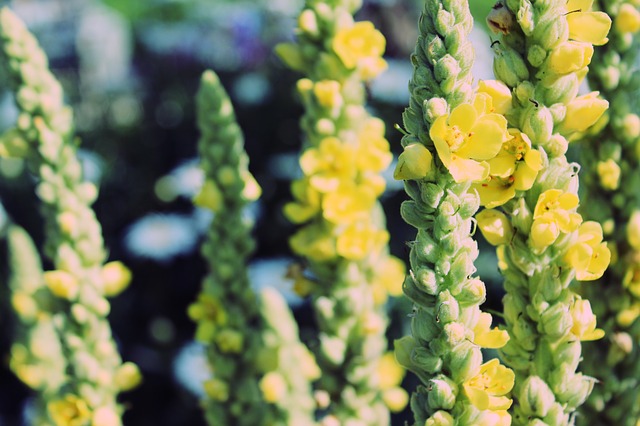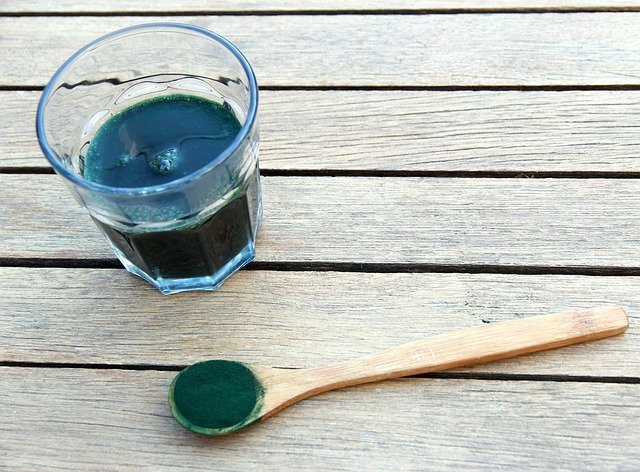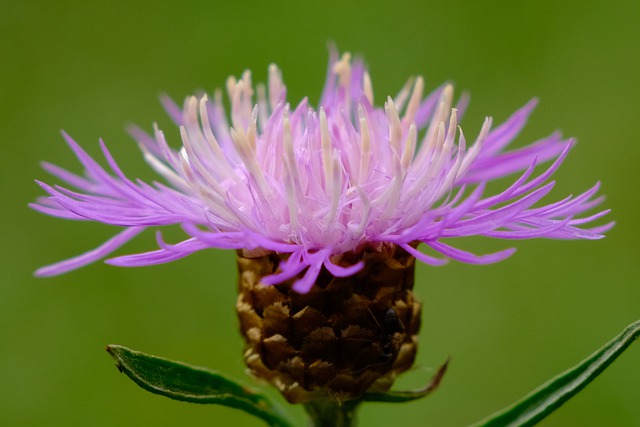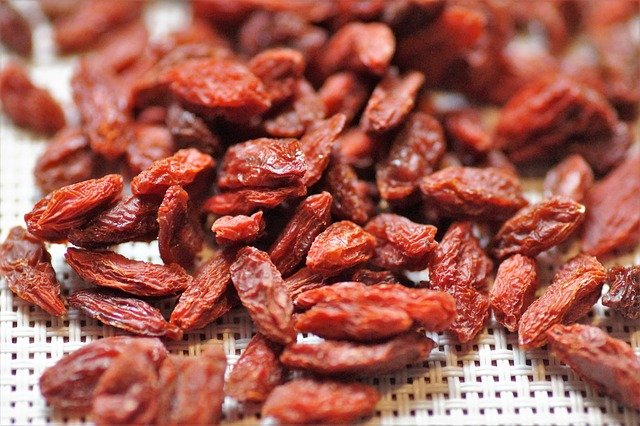The mullein plant has been around for more than a thousand years. While it’s not exactly widely known unlike dandelions or chamomile, mullein stood the test of time because it offers plentiful benefits that lead to its cultivation.
It’s commonly used as an herbal remedy for minor and serious inflammatory issues, such as coughs, colds, flu, and even bronchitis and tuberculosis. If you’re seeking an herbal alternative for the inevitable bouts of the flu, the Mullein leaf is definitely worth looking into.
But first, let’s get to know more about the organic mullein!
What is Mullein?
Also known as the Candleflower or Adam’s Flannel, the mullein (Verbascum thapsus) is common biennial plant that can be recognized by its fuzzy leaves and yellow flowers. The plant grows its flowers in an upwards direction, forming a tower that can grow up to 8 feet. This plant is native to Europe, Northern Africa, and Asia, and was brought to the Americas in the early 18th century.
The name Mullein comes from the Latin word “Mollis”, which describes the texture of its leaves perfectly, as it translates to “soft”.
The earliest recorded medicinal use of Mullein is 2000 years ago, when the Greek physician Dioscorides prescribed it as a treatment for pulmonary conditions (meaning it affects the lungs) and other ailments such as constipation, convulsions, toothaches, and scorpion stings. [1]
In much recent history, mullein was used as torches inside mines during the California gold rush in 1849. The tall and cylindrical form of its stems helped it sustain flames for long periods of time.
Nowadays, mullein is used mostly as an herbal remedy with its essence extracted from its leaves and flowers. Every part of the mullein plant has its own uses — but for now, we’ll be focusing on what its leaves can offer.
7 Benefits of Organic Mullein Leaf
- It soothes respiratory conditions
The Mullein’s power to treat a variety of respiratory conditions has been known for centuries. As for its validity, numerous studies have been conducted to find out how mullein does this.
According to research, mullein leaves are rich in saponins which are chemical compounds believed to be the source of the plant’s effectiveness in soothing respiratory conditions such as bronchitis, dry coughs, colds, flu, and sinusitis.
Mullein also contains approximately 3% mucilage, which is believed to be the reason why mullein extract is so effective in soothing irritated membranes.[2]

This means that the consumption of mullein has the ability to restore damaged lungs, especially for heavy smokers that are experiencing lung congestion. In fact, mullein is used in folk medicine as a remedy for congested lungs, and it was done so by smoking dried mullein leaves (we don’t recommend this, though!).
If you have serious respiratory issues, refrain from using mullein as primary treatment. Instead, it should be used as a complementary therapy to damaged lungs, or as an herbal relief to minor inflammatory issues.
- It has antibacterial properties
In one study, it was found that mullein extract contains antimicrobial properties. It was effectively able to fight against bacterial strains such as the Bacillus cereus.[3] In another laboratory test, mullein was found to be potent against the following strains: Klebsiella pneumoniae, Staphylococcus aureus, Staphylococcus epidermidis and Escherichia coli – popularly known as E coli. [4]
The potency of mullein extract as an antiseptic opens entirely new possibilities in how it can be used. More human studies are yet to prove what more it can offer. But for now, it’s safe to say that mullein makes a great preventive measure against various bacterial diseases.
- It has antiviral properties
Aside from antibacterial properties, mullein also has antiviral properties. In one study, the plants typically used in Nepalese traditional medicine, mullein included, was tested for antiviral properties. it was found that mullein extract “exhibited strong anti-influenza viral activity”[5]
Another study was also able to prove that the ethanolic extract of mullein was effective against pseudorabies, a contagious virus that causes lethal problems in swine.[6]
More human tests are yet to be done on its antiviral efficacy, but so far mullein has proven itself a powerful and an all-natural candidate for fighting viral infections.
- It may help improve your sleep quality
If you often have a hard time sleeping or diagnosed with a sleeping disorder, mullein might be your next best friend.
Mullein tea and extract was found to have relaxant and sedative properties[7][8] which may help induce sleep. It may be able to help the body relax in a similar way chamomile and lavender does. However, more research has yet to be made to confirm the potency of its effects on humans.
- It can promote healthy digestion
In traditional Mexican medicine, mullein had been used as a remedy for diarrhea and constipation.[9] Its anti-inflammatory and antioxidant properties help soothe digestive disturbances and promote a healthy bowel movement.
- It can help soothe joint and muscle pains
The regenerative and anti-inflammatory properties of the mullein are capable of relaxing strained muscles and injured joints. As an example of its relaxant effects on the muscles, one laboratory study tested mullein extract on rabbit intestines, which found that it was able to soothe artificially induced contractions.
While this effect has not yet been scientifically tested on humans, mullein had been used for this purpose for centuries now.
- It can treat ear infections
Thanks to its potent antiseptic properties, mullein is even used as an alternative treatment for ear infections. In 2003, 171 children who were suffering from otalgia (ear pain) were treated with oil containing mullein extract and other herbal sources. Within three days, it was reported that the pain was significantly reduced, and even more than in children that were treated with amoxicillin. [10]
Best Ways to Incorporate Mullein into Your Diet
As it is best known as an herbal remedy, mullein comes in different forms that can be found in your local pharmacy. Some would say it possesses a rich, slightly sweet herbal taste, which can be expected from something plant derived.
Here are some of the easy and accessible ways you can consume mullein:
Mullein Tea
One of the purest ways to consume mullein tea is by enjoying it as a tea. Mullein tea bag are available in most stores, but if you prefer drinking loose-leaf tea, dried mullein leaves are also available for purchase.
To make loose-leaf mullein tea, simple boil a handful of dried mullein leaves in a cup of boiling water. Let is steep for 15-20 minutes, then make sure to strain while pouring to prevent irritating your throat with the leaves. You can also add some raw honey, cinnamon, lemon, and/or sugar to make it more palatable.
Mullein Powder
Mullein leaf is also sold in a pulverized form, which is only used for tea and it’s not recommended to use them for other culinary purposes.
Mullein capsules
Mullein extract also comes in capsule form if you’re not able to drink it regularly as a tea. Before taking mullein capsules as an everyday supplement, consult your doctor first especially if you are currently taking prescription/maintenance medicine, as the compounds present in mullein may interfere with your medication.
Growing Mullein
Another interesting way to consume mullein is to grow them yourself. It’s very easy to grow – in fact, it was once considered roadside weed before its medicinal effects became widely known.
It thrives best in temperate climates and prefers dry soil and needs a lot of sunlight to grow. Every part of the mullein plant, including its roots, have some sort of medicinal use. You might want to consider growing this plant if you want nothing wasted in your edible garden!
Precautions
So far, the only known danger of the mullein plant is that it may cause contact dermatitis, especially among people who have sensitive skin or have preexisting allergies to other plants.
Aside from that, the mullein is generally safe for consumption. However, pregnant women and children should avoid consuming it therapeutically, as its effects on developing babies and young children have not yet been confirmed.
Before purchasing mullein leaves or teabags, always make sure that you’re getting it from a reputable source that does not grow mullein in polluted areas. Like all plants, mullein soaks up everything around it.
Always remember to talk to your doctor first if you’re planning to include a certain herbal remedy, such as mullein, in your diet!
Summary
The mullein is an amazing plant that stood the test of time thanks to its medicinal and therapeutic uses. Like most superfoods, it has powerful antibacterial and antiviral properties that were proven in tested in some scientific studies. Respiratory conditions, digestive problems, and insomnia are just some conditions that mullein had been used for especially in traditional medicine.
References
[1] Quinlan FJ. A Note upon the Use of the Mullein Plant in the Treatment of Pulmonary Consumption. Br Med J. 1883;1(1152):149-150. doi:10.1136/bmj.1.1152.149
[2] Wichtl, M. (2004). Herbal drugs and phytopharmaceuticals: a handbook for practice on a scientific basis (No. Ed. 3). Medpharm GmbH Scientific Publishers.
[3] Mahdavi, S., Amiradalat, M., Babashpour, M., Sheikhlooei, H., & Miransari, M. (2019). The antioxidant, anticarcinogenic and antimicrobial properties of Verbascum thapsus L. Medicinal chemistry (Shariqah (United Arab Emirates)), 10.2174/1573406415666190828155951. Advance online publication. https://doi.org/10.2174/1573406415666190828155951
[4] Turker, A. U., Camper, N. D., & Gurel, E. (2001). In vitro culture of common mullein (Verbascum thapsus L.). In Vitro Cellular & Developmental Biology-Plant, 37(1), 40-43.
[5] Rajbhandari, M., Mentel, R., Jha, P. K., Chaudhary, R. P., Bhattarai, S., Gewali, M. B., Karmacharya, N., Hipper, M., & Lindequist, U. (2009). Antiviral activity of some plants used in Nepalese traditional medicine. Evidence-based complementary and alternative medicine : eCAM, 6(4), 517–522. https://doi.org/10.1093/ecam/nem156
[6] Escobar, F. M., Sabini, M. C., Zanon, S. M., Tonn, C. E., & Sabini, L. I. (2012). Antiviral effect and mode of action of methanolic extract of Verbascum thapsus L. on pseudorabies virus (strain RC/79). Natural Product Research, 26(17), 1621-1625.
[7] Ali, N., Ali Shah, S. W., Shah, I., Ahmed, G., Ghias, M., Khan, I., & Ali, W. (2012). Anthelmintic and relaxant activities of Verbascum Thapsus Mullein. BMC complementary and alternative medicine, 12, 29. https://doi.org/10.1186/1472-6882-12-29
[8] Turker, A. U., & Gurel, E. (2005). Common mullein (Verbascum thapsus L.): recent advances in research. Phytotherapy Research: An International Journal Devoted to Pharmacological and Toxicological Evaluation of Natural Product Derivatives, 19(9), 733-739.
[9] Rodriguez-Fragoso, L., Reyes-Esparza, J., Burchiel, S. W., Herrera-Ruiz, D., & Torres, E. (2008). Risks and benefits of commonly used herbal medicines in Mexico. Toxicology and applied pharmacology, 227(1), 125–135. https://doi.org/10.1016/j.taap.2007.10.005
[10] Sarrell, E. M., Mandelberg, A., & Cohen, H. A. (2001). Efficacy of naturopathic extracts in the management of ear pain associated with acute otitis media. Archives of pediatrics & adolescent medicine, 155(7), 796-799.








